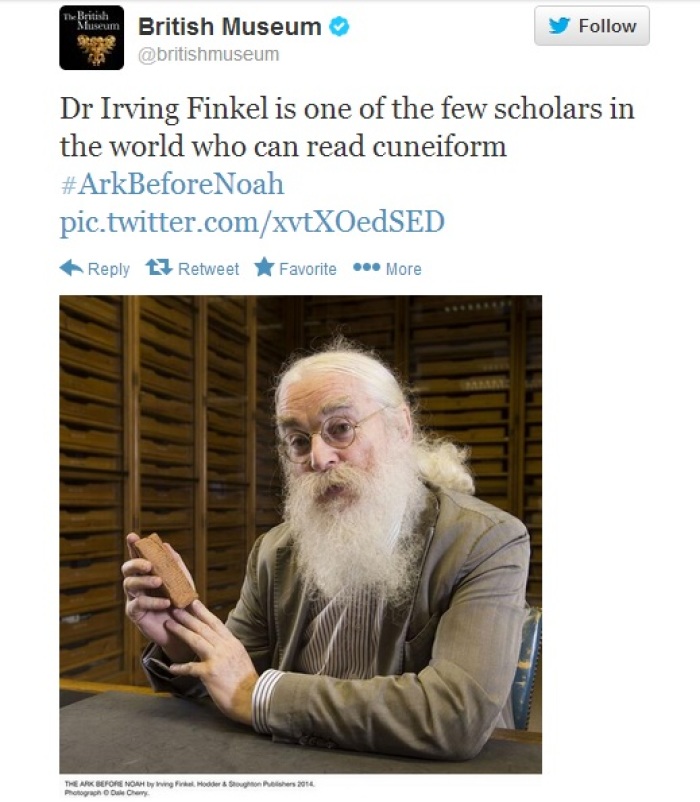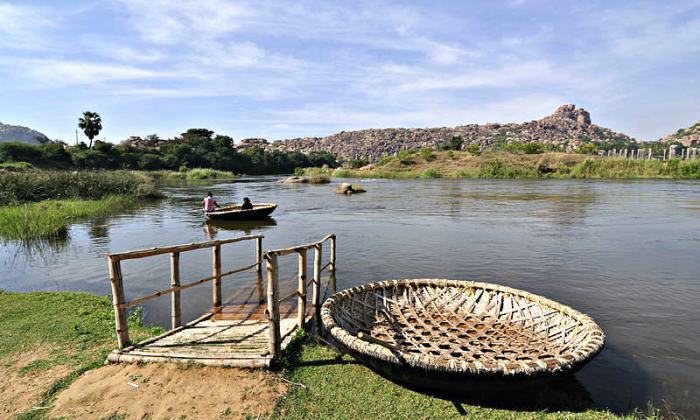Noah's Ark 'Original' Was Round, According to 4,000-Year-Old Tablet at British Museum
The British Museum has put on display a 4,000-year-old Cuneiform tablet that recounts specific instructions for building a giant vessel to survive a coming flood, and how it should house animals "two by two." The tablet, hailing from ancient Mesopotamia, or modern-day Iraq, has been dubbed a prototype of Noah's ark described in the Bible.
The tablet, which gives instruction for making a round vessel known as a coracle, went on display at the British Museum in London on Friday, thanks to the efforts of Irving Finkel, who works in the museum's Middle East department and is credited with translating the tablet.

Finkel, who has written on the discovery in his new book, The Ark Before Noah, told reporters last week that the museum acquired the tablet years ago from a man who said his father had gotten ahold of the artifact after World War II.
Finkel called the tablet, which is light-brown, cracked and about the size of a smartphone, "one of the most important human documents ever discovered."
The tablet recounts detailed instructions from a Mesopotamian god for building a huge vessel made of rope, wooden ribs and coated in bitum to protect it from water. The size of the ark is about two-thirds the size of a soccer field.
The similarity of the Mesopotamian tablet's tale to the biblical account of Noah's ark is striking, as the narrative in Genesis includes instructions given by God to Noah to build a giant vessel to save himself, his family and pairs of animals from a worldwide flood.
"I'm sure the story of the flood and a boat to rescue life is a Babylonian invention," Finkel said, suggesting that the story of an actual flood came to be known by ancient Jews during the Babylonian exile in the 6th century B.C.
"I don't think the ark existed — but a lot of people do," said Finkel. "It doesn't really matter. The biblical version is a thing of itself and it has a vitality forever."
The British Museum plans to dispatch a team to test if following the instructions given on the small tablet will actually result in a massive coracle. The museum's effort at building the vessel will be filmed for a television documentary. An example of a coracle is shown in the photo below.






























